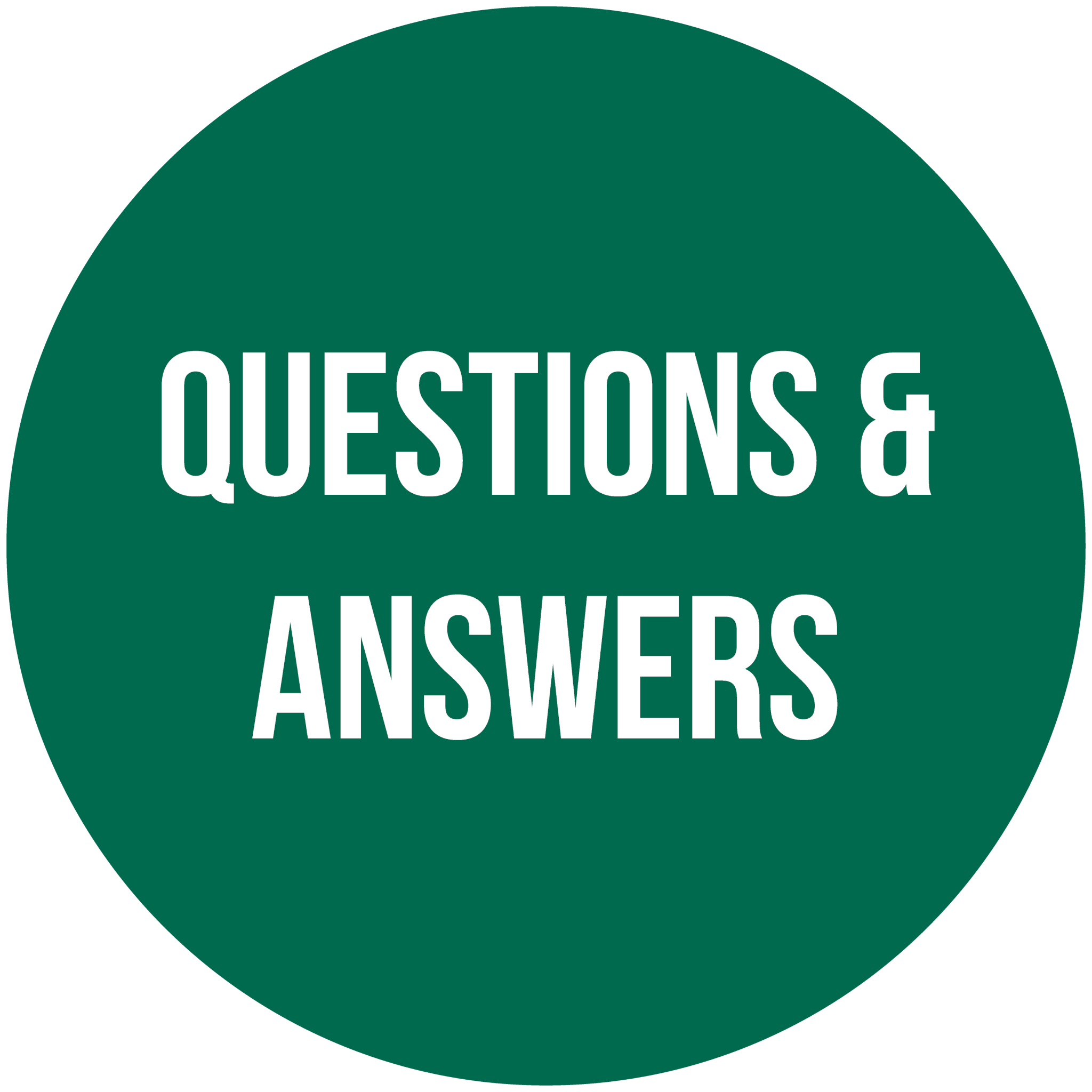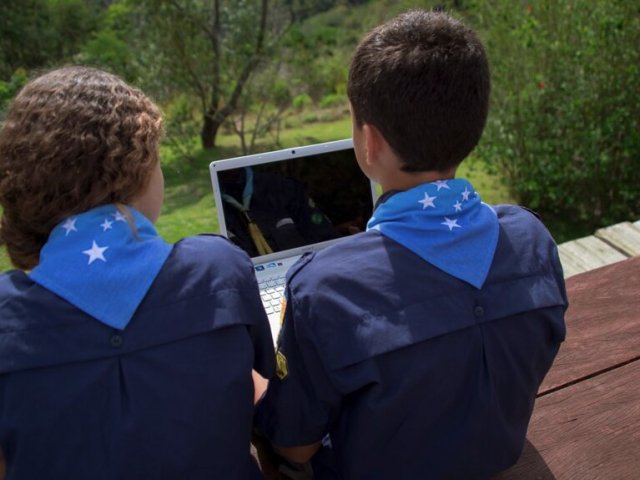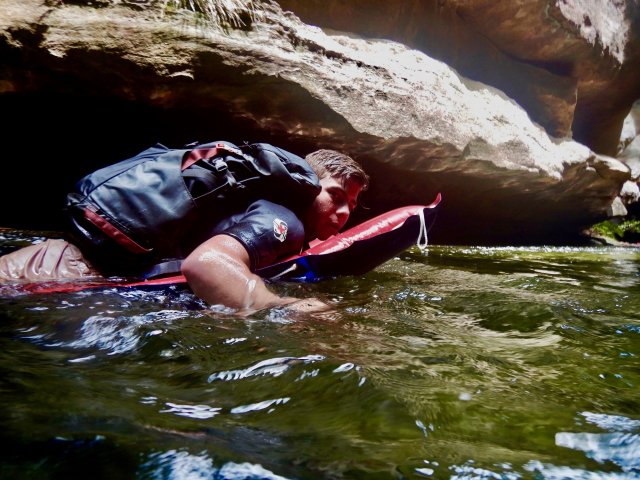Youth Program Review
The Review
![]()
The Youth Program Review began in 2013, and since then it’s been on an interesting, exciting and challenging journey.
Where Did We Come From?
Reviews of Scouting have not been an uncommon process over the years. In 2010, “Rovering Towards 2020” took a holistic look at the Rover Scout Section. Before that in 2008, the Venturer Scout Section experienced a Review. And before that, every other Section was reviewed on a roughly five year basis. These reviews led to some tweaks and changes for the betterment of the Section, but at the same time created growing inconsistencies between each Section.
Before that in 1970, all of Scouting was reviewed, in a project called “Design for Tomorrow”. The report of that one sits in the National Library of Australia if you’re interested. But many of the Design for Tomorrow Recommendations were never implemented, or implemented poorly and forgotten about.
In 2013, there was a growing thirst to step back and take a holistic look of Scouting. We wanted to ensure Scouting was relevant and engaging for 21st Century young people. We needed to take risks, look wide, determine our key markets and be bold in the decisions that we make.
Did You Know?
- Today Scouts Australia has approximately 52,000 youth members.
- In 1990 our youth membership was 93,000.
- In 1979 our youth membership was 114,500 (this was before the introduction of girls in the younger sections and Joey Scouts).
- In 1979 our total membership was 166,000.
- Today, the population of Australia is 23 million, in 1979 it was 14 million.
- Currently UK Scouting has a waiting list of 37,000 young people hoping to join Scouting.
- Scouting in Ireland, New Zealand and Canada are reviewing or have recently reviewed their youth program.
- In 2012 we recruited 19,105 youth members but we lost 18,858 youth members.
What Were Some of the Confronting Issues?
- Our award scheme needs refining to be developmental across all sections.
- Other Australian organisations have copied and built on our core business.
- We lose youth members at the end of each Section.
- Our Method and Areas of Personal Growth (the core of what we do) lack depth and understanding across the country.
- Who is our target audience? Do we understand the needs of our target audience?
- Similar NSOs have moved to alternate delivery of their programs to achieve improved outcomes.
- We do well to recruit new members but have poor retention success.
- By adapting the programs in each section we have lost the concept of one program.
- Youth members have a limited lifespan in Scouting; at what age group is it best to focus our energies?
- Our approach must be diverse, flexible and engage a variety of different individuals, groups and the wider community.
- Most importantly, it is a review of our youth program. Therefore, the key stakeholders in the review must be youth members.
- Flexibility was a key component of the review. The learning along the journey provided a variety of challenges and presented new thinking.
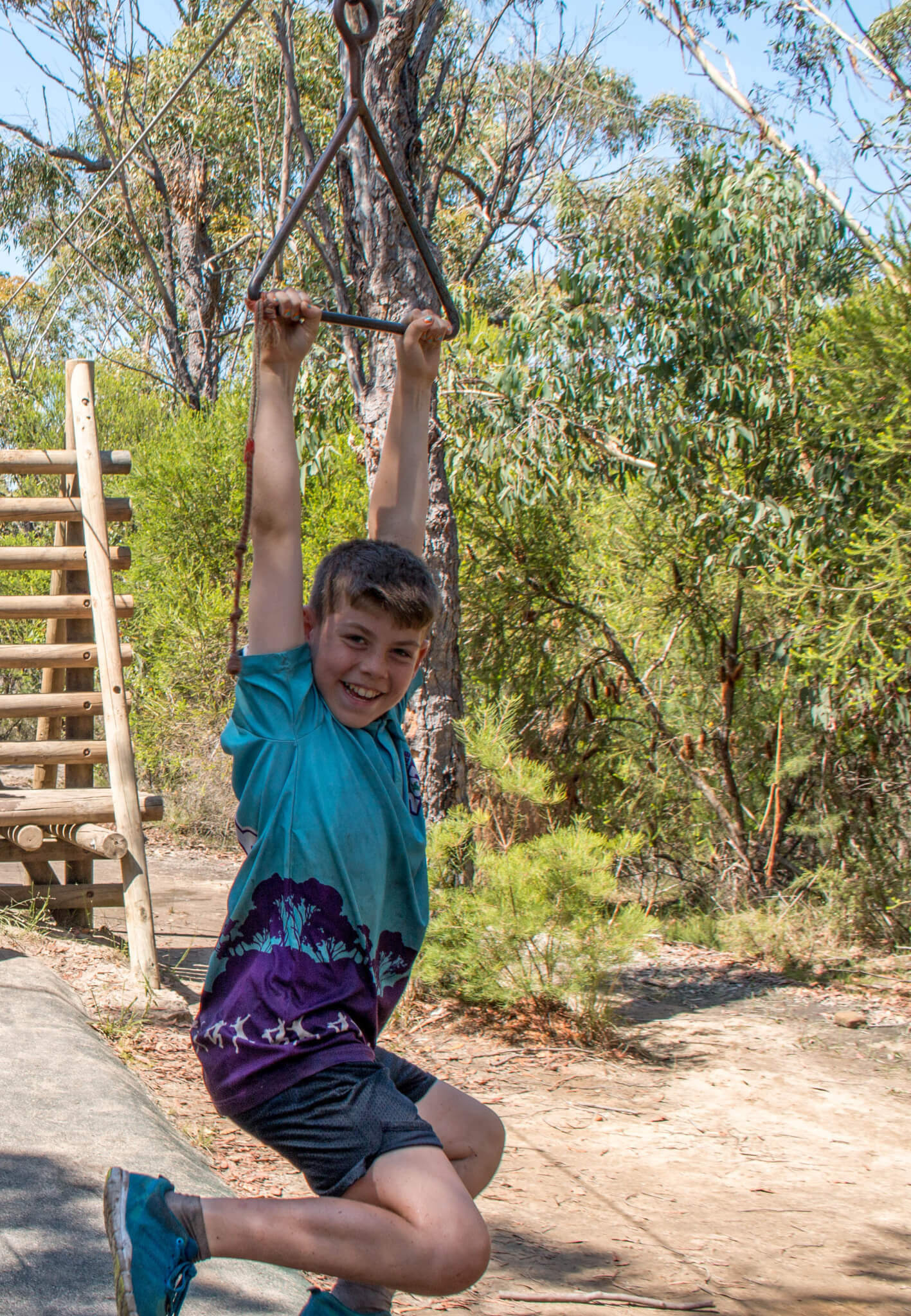
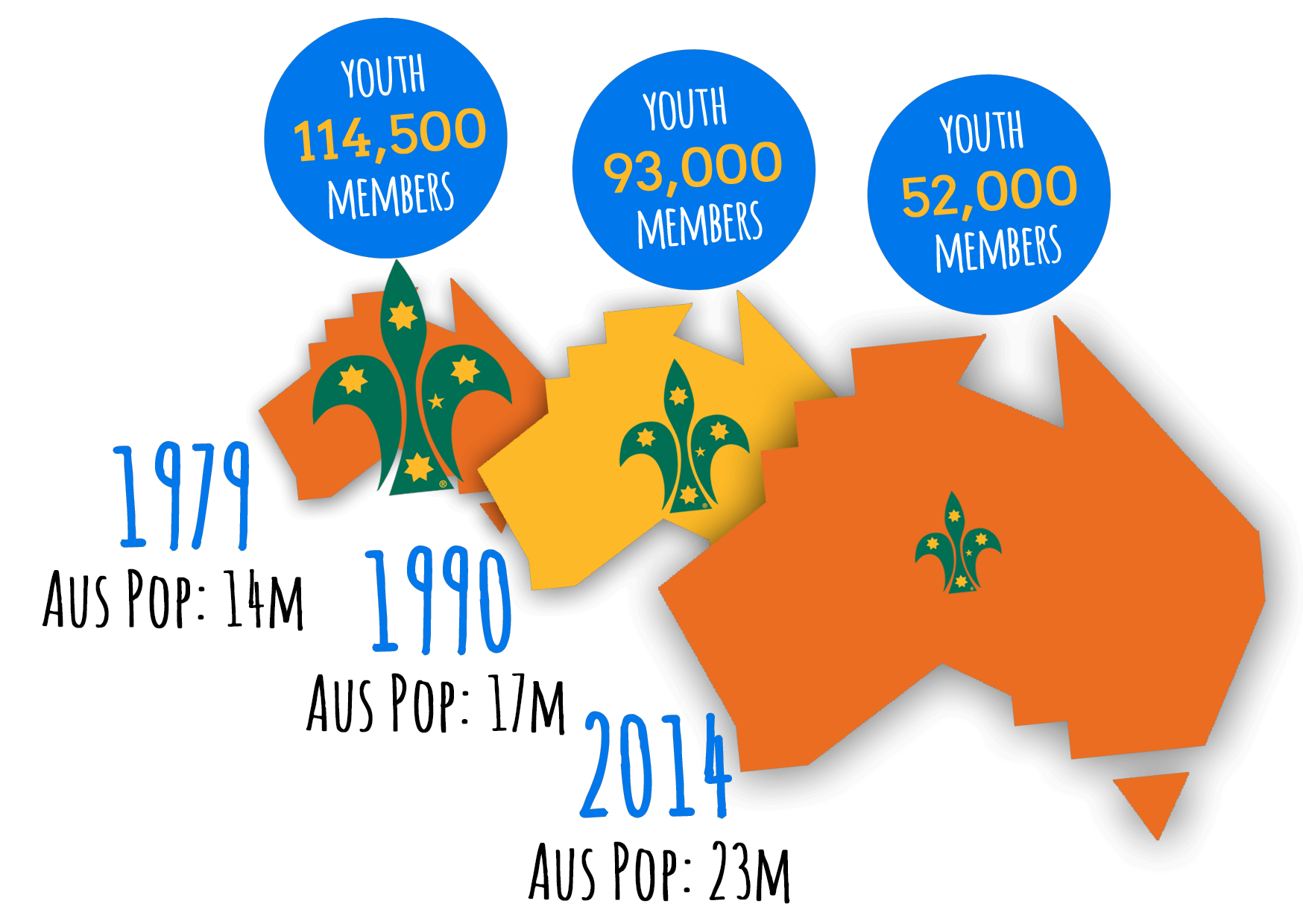
Influencing Our Journey
The World Organization of the Scout Movement (WOSM) sets clear expectations for the program that its National Scout Organisations (NSOs) run, and the training their adults receive.
The educational method (the Scout Method), in conjunction with the Vision, Mission, Aims and Values, is what guides the development of the youth program in each NSO. The World Bureau provides a range of resources to support NSOs to develop good quality programs.
Two important documents from WOSM that are guiding the YPR are:
There’s a number of other documents influencing the journey also. Take a read, and consider how they can be used in a contemporary Australian context.
Other National Scout Organisation Reviews
Many National Scout Organisations have both reviewed their programs in recent years, following the same WOSM document we did – the Renewed Approach to Program (RAP). This document lays out steps for how to review the program and some of the areas you need to think about it, but it doesn’t provide the answers – we needed to decide what young people in contemporary Australia need and what will work for Scouts Australia. We looked to these NSO’s for inspiration and support on the journey ahead. If they had fantastic ideas that are the best thing for us too, then there was no point reinventing the wheel. But we also didn’t just take their ideas and implement them straight away.
Scouts Canada
In 2009, Scouts Canada began a review of its program in order to revitalise Scouting across the country. Scouts Australia worked very closely with Scouts Canada during our respective reviews, with each organisation sharing their findings and developments at regular occasions. Their new youth program, the Canadian Path, is now being implemented around Canada. Find out more here. You may even notice similarities between the two countries Youth Programs.
Some of the elements that are emphasised in their program:
- ONE award scheme, developmental throughout the sections
- Youth Led – “Leaders” are not the adults in Scouting
- Adventure oriented
- Plan, Do, Review – process always in place when engaging in activities – adults and youth alike
- S.P.I.C.E.S – the Areas of Personal Growth are central
- The Scout Method is still critical
Scouting Ireland
Scouting Ireland has just completed a huge programme of renewal and redevelopment over the past 5-6 years. This has taken the ideals, principles and traditions of Scouting and made them into a practical Scouting that is also appealing and exciting for the young people of today.
Scouts UK
The UK Scouts have done a whole pile of work to grow their organisation and develop their youth program to be a dynamic, modern, and expanding movement. Bear Grylls is only part of their success!
WOSM Resources
21st Century Leadership Discussion Paper WOSM
Achieving the Mission of Scouting
Educational Methods (World Conference 2011)
EuroScout Doc: Going National on Program
Paper on the New Approach to World Scouting (World Conference 2011)
Program Development Guide – Section Objectives
Programme Development Guide – Final Objectives
The Essential Characteristics of Scouting
Scouts Canada
Scouting Ireland
Who’s Leading The Review?
Youth Program Review Coordinating Team
The Youth Program Review Coordinating Team is an intergenerational team who have been working together since the beginning of the review in 2013, adding new members with new perspectives or skills as needed. The Coordinating Team has a majority of its members under 30 which consists mainly of volunteers, but some are paid employees of Scouts Australia providing professional support to the Review team. The team’s Scouting experience is diverse, with experience and knowledge covering all sections in varying levels of the organisation. On the team are active Leaders with the experience of adults with Wood Badges in the Cub, Scout and Venturer and Rover Scout sections. These Scouts bring a combination of learnings through more recent training systems, while some completed their training many years ago. Whilst also being Adults in Scouting, there’s a member who also has their own children actively involved in local Groups.
Previous or current positions that team members have held are as the Branch Commissioner for Joey Scouts, an ex Chair of the National Youth Council, appointees of the National Training Team, members of Rover Crew Executives, members of Asia-Pacific Subcommittees, District Leaders, experience as Jamboree Troop Leaders, Jamboree and major event positions, and management of international contingents and Scout centres.
Away from Scouting, the dynamic group brings education, community engagement, project management, and marketing and communications experience from their professions and studies.
Programme Management Board
The Programme Management Board are a highly skilled team of representatives from each Branch of Scouts Australia to project manage the implementation of the New Youth Program. On the governance focused Board is a Branch Change Manager from each Branch of Scouts Australia, the Chief Commissioner of Australia, the National Commissioner Youth Program, and the National Project Commissioner Transformation.
National Youth Program Team
Closely consulted during the journey are the National Youth Program Team. This passionate group of Scouts representing each Branch of Scouts Australia have been inherently involved in the journey. Their expertise, insights and contributions have shaped the resulting New Youth Program.
National Operations Committee and National Executive Committee
The National Operations Committee and the National Executive Committee have operational and strategic oversight. These committees review the work of other teams before decisions are finalised.



